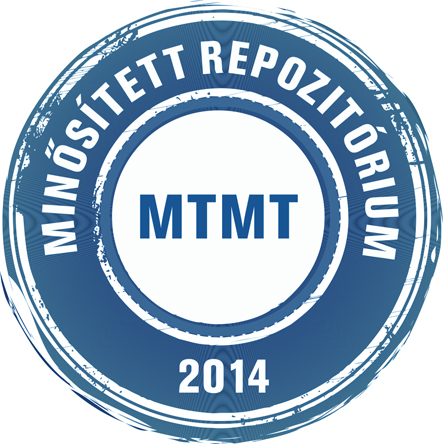Szabó Pál Csaba: "Isten leesett könnycseppje". Magyarország turisztikai kínálata és a Balaton a 19-20. század fordulóján. In: Acta Universitatis Szegediensis : acta historica, (136). pp. 77-98. (2014)
Előnézet |
Cikk, tanulmány, mű
historica_136_077-098.pdf Letöltés (947kB) | Előnézet |
Absztrakt (kivonat)
The institutional system of tourism in Hungary was formed essentially at the same time as the organisational transformations in Western Europe in the second half of the 19th century, while observing the most important European changes basing and making use of mass tourism. Certain tourism destinations had their individual significance in the Hungarian tourism movements; most of all one has to mention the Szepesség, considered as the cradle of Hungarian tourism, and its part, the High Tatras. The whole of historical Transylvania belonged to the priority tourism destinations, where the Hungarian Society of Public Culture of Transylvania took initiative steps to explore the region for tourism. The Vag Valley used to be a tourism region of international importance in Hungary starting from the mid-19th century, featuring outstanding specimens of Hungarian castle architecture, as well as medicinal spas of European fame from Pôstyén to Trencsénteplic. From the late 19th century the tourism interpretation of Budapest gradually became more prominent, in particular thanks to the Budapest Department of the Hungarian Carpathian Society and later the Hungarian Society of Tourism. At the turn of the century as the leisure time activities of the urban middle class reached mass levels and as the techniques and institutions of planned summer programs and vacations appeared, the tourism importance of Fiume and the Adriatic Sea started to sharply rise. At the same time as organised domestic tours appeared, the Balaton also appeared as a more and more transparent tourism destination for the Hungarian general public. Starting from the turn of the century, the number of independent tourism publications of the Balaton increased and the geographical, cultural and tourism presence and significance of the Balaton became constant in the national tourism publications. The very end of the era saw the birth of the new, national institutions of tourism, scientific workshops and periodicals that made Hungary able to participate in the world of modern European tourism. Before World War I it seemed the Balaton had the best chances in this integration. In this real and symbolic tourism image of the country, In addition to Budapest, the High Tatras, the Lower Danube and the Vag Valley, the Balaton could occupy its lovable and priority position in the real and symbolic tourism image of the country during these years as the "Hungarian Sea" or the "Teardrop shed by God".
| Mű típusa: | Cikk, tanulmány, mű |
|---|---|
| Befoglaló folyóirat/kiadvány címe: | Acta Universitatis Szegediensis : acta historica |
| Dátum: | 2014 |
| Kötet: | 136 |
| ISSN: | 0324-6965 |
| Oldalak: | pp. 77-98 |
| Nyelv: | magyar |
| Befoglaló mű URL: | http://acta.bibl.u-szeged.hu/37169/ |
| Kulcsszavak: | Művelődéstörténet Magyarország 19-20. sz., Idegenforgalom története Magyarország, Balaton |
| Megjegyzések: | Bibliogr. a lábjegyzetekben |
| Feltöltés dátuma: | 2016. okt. 17. 10:37 |
| Utolsó módosítás: | 2021. feb. 26. 09:29 |
| URI: | http://acta.bibl.u-szeged.hu/id/eprint/34394 |
 |
Tétel nézet |



